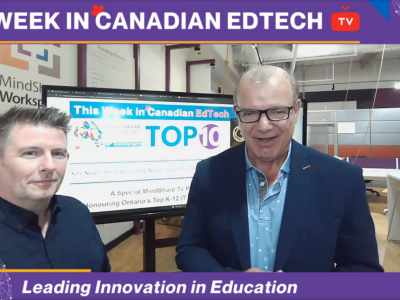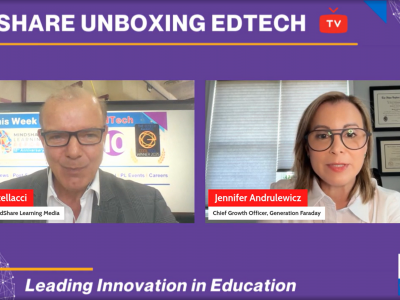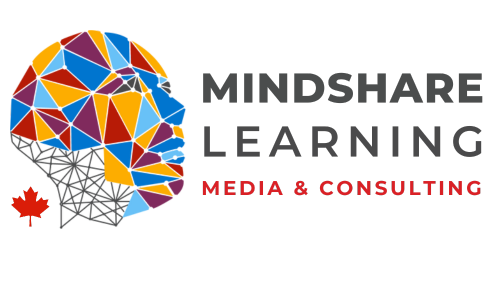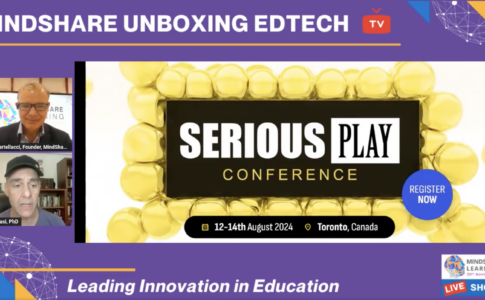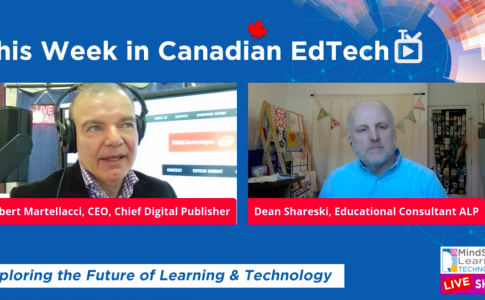The infusion of technology into K-12 classrooms has long been heralded as a transformative force capable of enhancing student engagement, fostering collaboration, and personalizing learning experiences. While the digital revolution promised revolutionary change, the reality has often been less impactful. Technology, if not judiciously integrated, can distract students and burden teachers. The challenge lies in leveraging educational technology to transform teaching and learning genuinely.
Prioritizing Students’ Needs
First and foremost, your technological decisions must be guided by the unique learning needs, well-being, and empowerment of your students. A needs assessment conducted at the beginning of the academic year is instrumental in tailoring a learning environment that synergizes with the unique requirements of each student. A genuinely engaging, secure, and risk-tolerant classroom environment will naturally cultivate students’ passion for learning.
Backward Planning for Intentional Technology Use
Backward planning enables you to integrate technology with educational objectives in mind. A comprehensive annual planning template should delineate how and why you will employ various digital tools, including Learning Management Systems and software suites like Microsoft’s Office 365 or Google’s Workspace. By incorporating specific functionalities—such as immersive reading tools for students requiring additional reading support—you optimize the impact of these resources. Effective technological integration necessitates planning with intended learning outcomes at the forefront. Develop a robust assessment framework that offers timely and relevant feedback, ensuring you remain focused on your educational goals throughout the academic year.
Continuous Training is Essential
Never assume that students will intuitively grasp the effective use of new or existing technology. Like any other classroom routine, adept use of technology demands training. Utilize robust screen recording software like Camtasia Studio to create a digital library of tutorials for each piece of technology. Embed this library into your LMS and augment it with AI bots to facilitate a seamless learning experience.
Redefining Learning Through Technology
Technological integration should not be about replacing traditional teaching methods but about achieving outcomes previously considered unattainable. Whether it’s conducting virtual experiments, programming single-board computers for real-time data analysis, or hypothesizing based on such data, technology can be leveraged to redefine educational experiences.
Global Connections for Local Learning
Global connectivity enabled by video conferencing technologies can offer your students perspectives that extend beyond traditional classroom walls. Inviting experts to virtually speak in your class not only supplements your teaching but also shows students how technology can be harnessed for global good.
Community-Based Technological Problem Solving
Incorporate projects that encourage students to use technology in addressing local community issues, like traffic light synchronization, waste, energy and water management, and much simpler issues. Such initiatives underscore the real-world applicability of their classroom learning.
Inclusive Technology Implementation
Plan for the diverse technological needs and learning speeds of your students. Peer-to-peer support networks, along with student-led ‘expert talks,’ can be helpful tools to ensure that no student is left behind.
Curating Digital Resources
Maintain an accessible library of quality digital resources on your LMS, and ensure that students are trained in using these resources efficiently.
Focused and Consistent Use of Essential Online Resources
Limit the set of digital apps and resources you employ to those that are user-friendly, impactful, and aligned with your educational goals. Consistent usage will make these tools ‘invisible,’ allowing the focus to shift to the learning tasks.
Adaptive Learning Software: A Game-Changer
Invest in adaptive software solutions that offer personalized pathways in key curriculum areas such as mathematics and language arts. With advances in Artificial Intelligence, such resources are increasingly effective in meeting diverse student needs.
In summary, the transformational potential of technology in education can only be realized through intentional, student-focused planning and sustained professional development. The aim should be not just to digitize traditional teaching methods but to revolutionize the very architecture of the educational experience.
